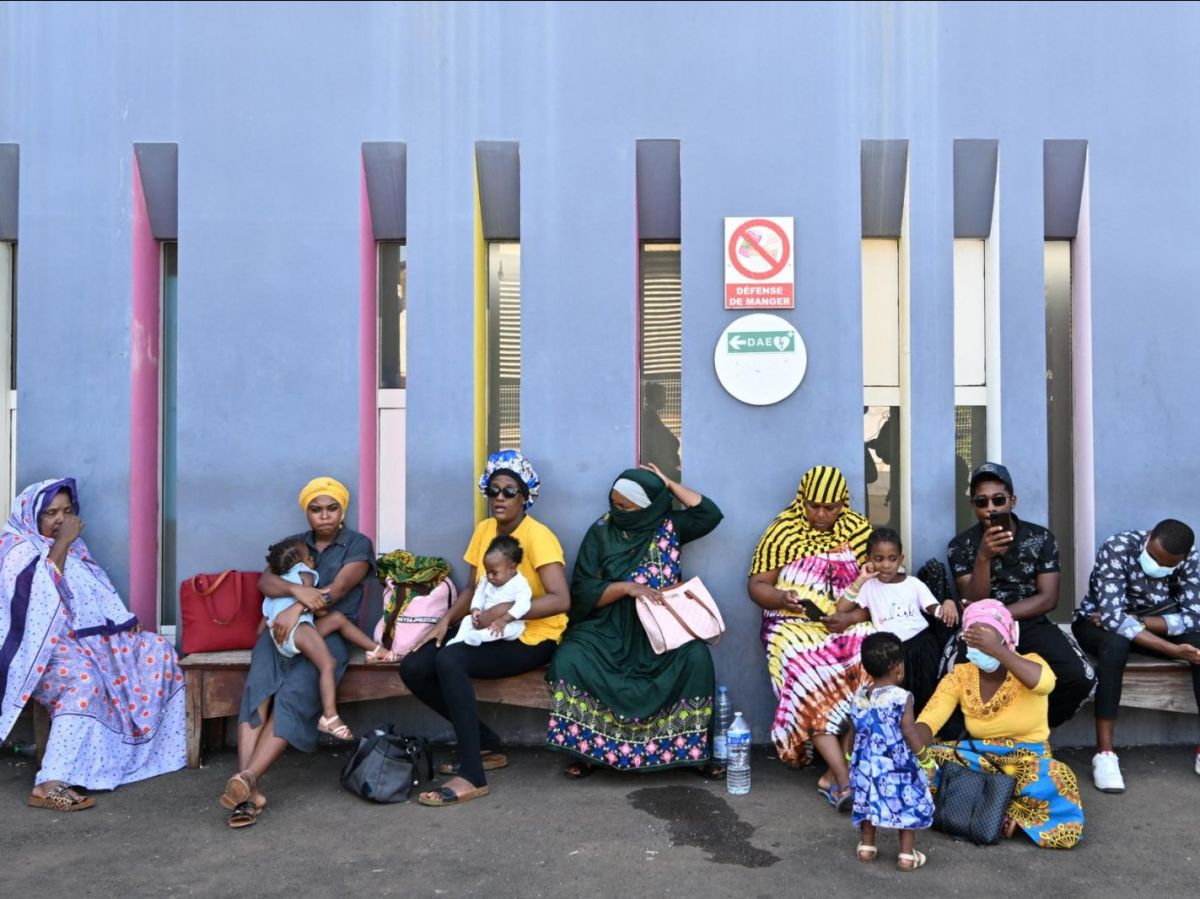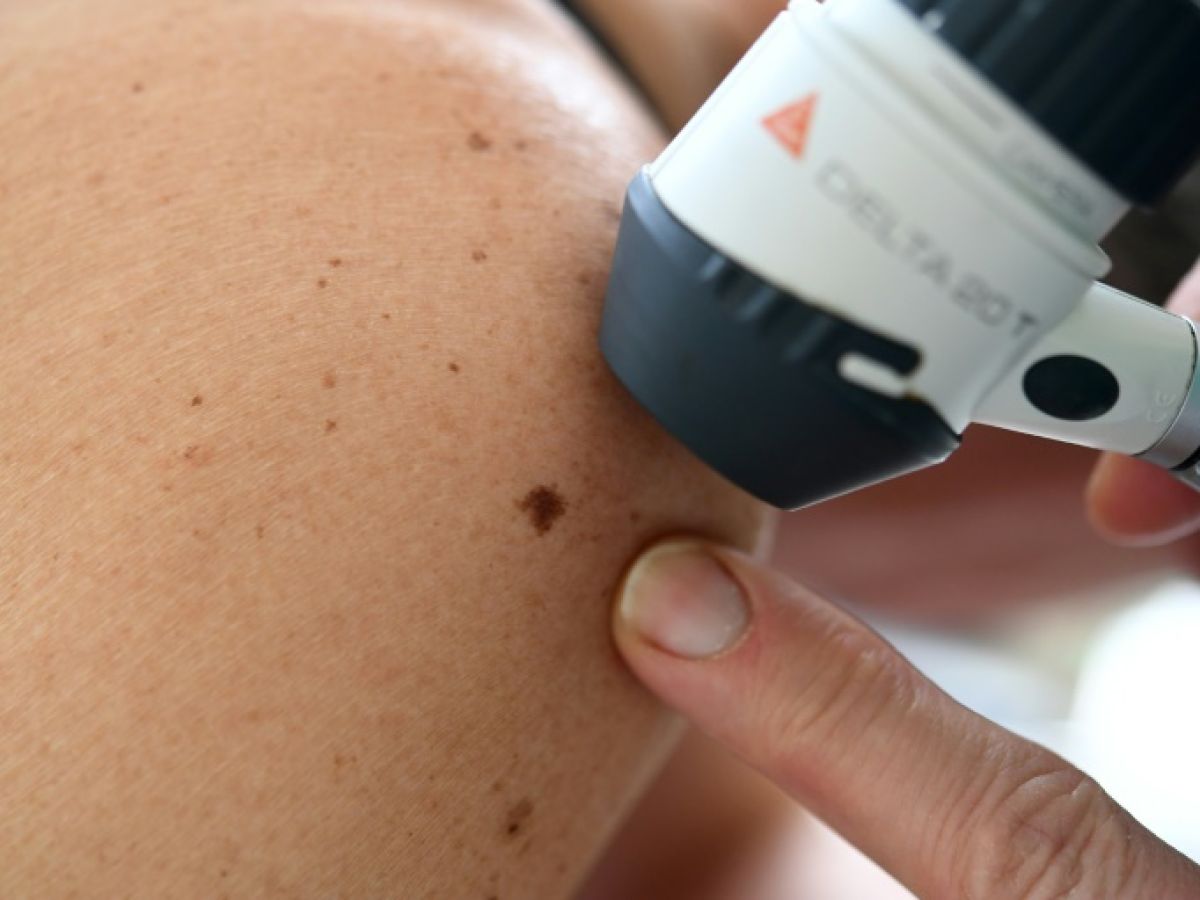The chikungunya virus is actively circulating in Mayotte. Since the beginning of 2025, 746 cases have been reported in the French department. The department, which has entered the epidemic phase, is seeing a deceptive decline in the number of cases, warns the ANRS. 161 new cases were confirmed from May 26 to June 1, compared to 228 cases the previous week. The discontinuation of PCR test confirmation and the population's low use of health services may be leading to an underestimation of the true extent of the situation.
Chikungunya began to spread to the neighboring island of Réunion from August 2024, before the epidemic situation flared up in March 2025. With a link between the two territories, namely two daily air links, we knew that the risk of importation was high.", explains Hassani Youssouf, epidemiologist at the local unit of Public Health France.
After the first imported case was recorded on March 4, the first indigenous case – therefore due to transmission within the territory – occurred three weeks later. The situation intensified during April, with a doubling of cases. Since May 27, the island has entered the epidemic phase, with a “intense and widespread transmission”, according to ANRS.
Read alsoReunion Island: Five new deaths attributed to chikungunya despite a declining epidemic
No PCR test to confirm cases
Although mosquitoes can transmit the disease through their bites throughout the country, 70% cases have been recorded in three municipalities: Mamoudzou, Dzaoudzi and Pamandzi. All age groups are affected, but there are many cases among 25-34 year-olds, who represent around a quarter of the recorded cases.. »
Since the first confirmed case was detected in the archipelago, 19 people have been hospitalized, including eleven pregnant women for monitoring and seven children under one year old. The first admission to neonatal intensive care was also recorded at the end of May. No deaths have been reported.
“ We believe that traffic has been underestimated at the moment, warns Hassani Youssouf. Due to difficulties at the hospital, doctors have been asked not to order confirmation of cases so as not to overload medical biology laboratories. Very few laboratory confirmations are performed in the emergency room. At the same time, some doctors say they are not ordering verification in the community either. »
Without PCR testing, it's impossible to know exactly how many people are affected and to understand the exact dynamics of the disease. Added to this, many patients would not travel to healthcare facilities. In Mayotte, we know that people often give up on care.", specifies the epidemiologist.
Vaccination rates down and the rainy season looms
So far, very few residents have been vaccinated against the disease. The Ixchiq vaccine, authorized in 2024, is supported by theregional health agencyIt is free for people targeted primarily by the campaign: people aged 18 to 64 with comorbidities (high blood pressure, diabetes, cardiovascular diseases, respiratory diseases and neurovascular diseases) and who have not already contracted chikungunya in the past.
But the vaccination campaign, which began at the end of May, has resulted in only a very low number of doses administered, less than 10 doses according to Hassani Youssouf. Many people here don't have access to healthcare. They come to the hospital when their condition is already very poor. Here again, the low vaccination rate will keep the disease circulating. » Concerning people aged 65 and over, the vaccination is suspended following reports of serious adverse effects including one death in the territory of Réunion. If the epidemic intensifies in Mayotte, unlike on Reunion Island, it mainly affects people under 65 years of age for whom the need is covered by the Ixchiq vaccine.", explains the High Authority for Health (HAS).
In France's poorest department, the outlook for the coming months is not encouraging. Weather conditions suggest a rise in cases. We are entering the southern hemisphere winter. With the dry season, we can expect a real decrease in traffic intensity.", explains Hassani Youssouf. It remains to be seen whether it will stop completely or whether residual outbreaks will persist with sporadic cases. ButExperts expect a surge in cases with the rainy season, which is due to start in November.
“ This is what happened in 2005. The epidemic started in Africa and arrived via the Comoros. The wet season of 2006 then caused a major epidemic.", recalls the epidemiologist. If the disease is not stopped sharply during the dry season, the next rainy season promises to intensify the epidemic even more. Last year, Mayotte already faced a cholera epidemic as well as the passage of Cyclone Chido.

